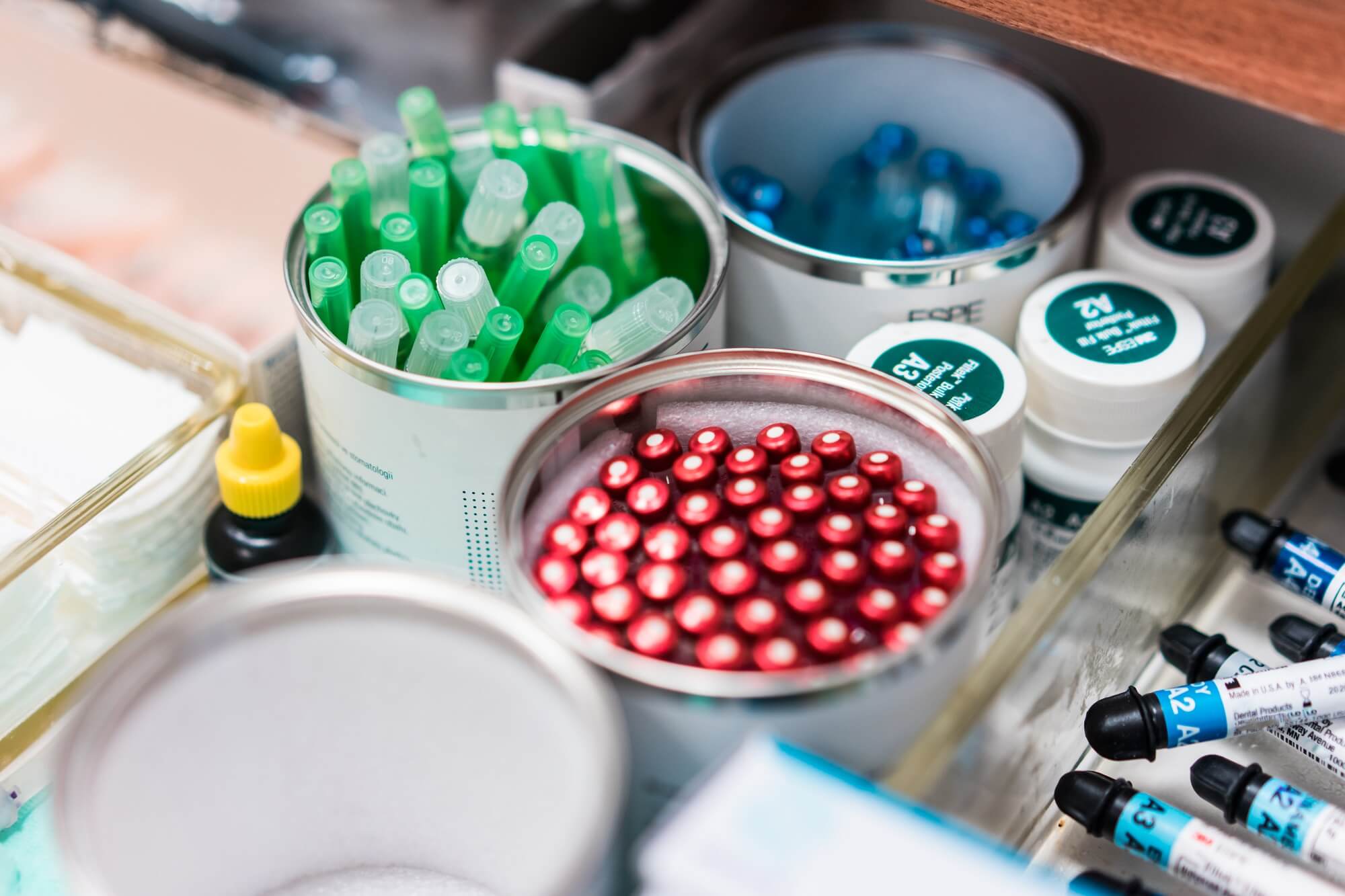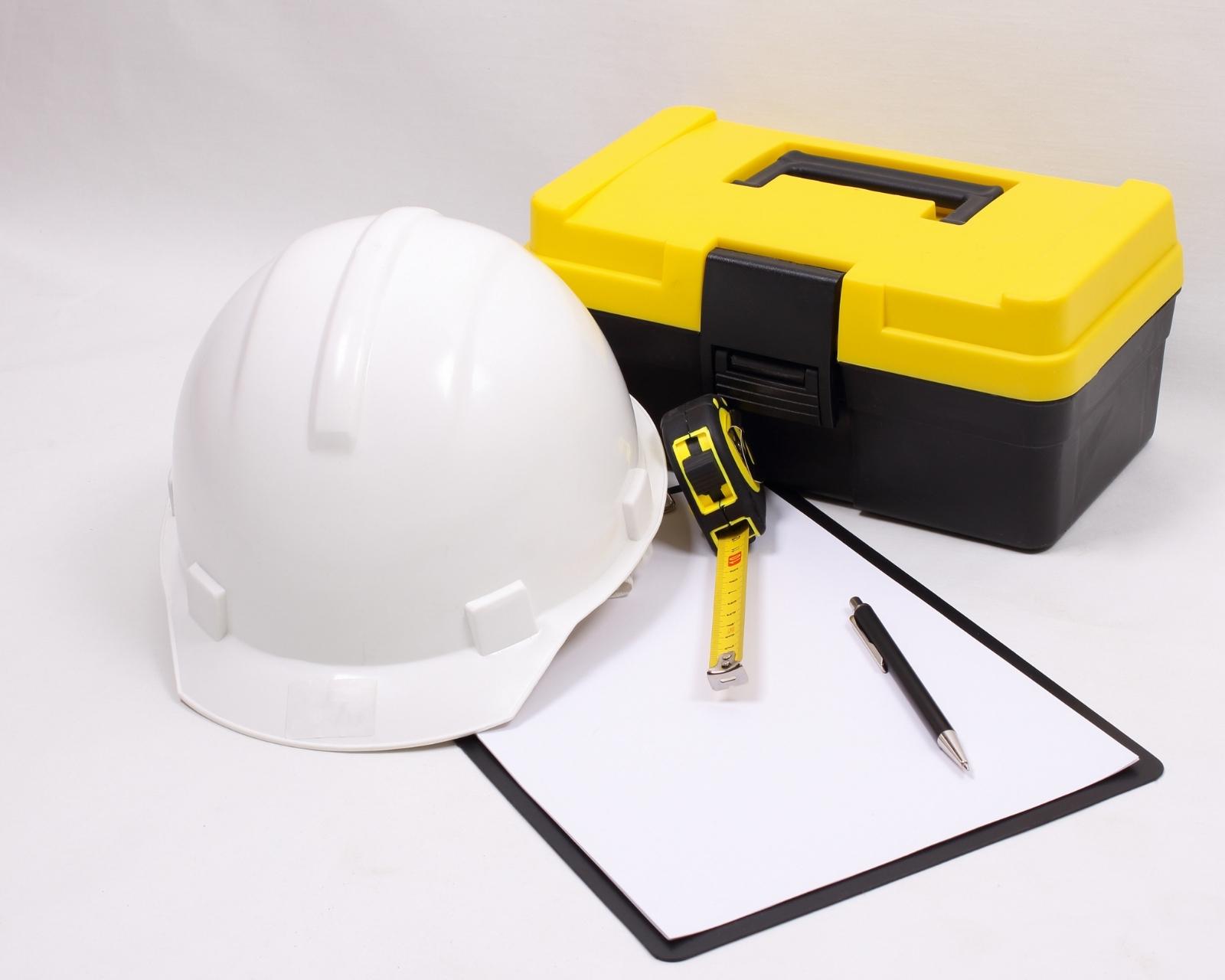Laboratory Path of Workflow – How to Optimize your Laboratory Processes
A laboratory workflow is a step-by-step process that is followed in a laboratory. A laboratory path of work is a specific workflow that is used in a particular laboratory. The purpose of a laboratory path of work is to ensure that all steps in the process are completed in the correct order and that all required data are collected and analyzed.
Introduction: What is a Laboratory Path of Workflow?
A laboratory workflow is a step-by-step process that is followed in a laboratory. A laboratory path of work is a specific workflow that is used in a particular laboratory. The purpose of a laboratory path of work is to ensure that all steps in the process are completed in the correct order and that all required data are collected and analyzed.
The Importance of Laboratory Automation
In a world where technology is constantly evolving, it is important for laboratories to keep up with the latest trends in order to optimize their workflows.
One of the most important technological advances for laboratories in recent years has been the implementation of laboratory automation. Automation refers to the use of technology to automate tasks that are traditionally done manually.
This can include tasks such as sample preparation, data analysis, and reporting. Automation can help to improve accuracy and efficiency in the laboratory, which can lead to improved patient outcomes.
There are many different types of laboratory automation systems available, so it is important to select one that will fit the specific needs of your laboratory.
How to Optimize your Laboratory Processes
In any laboratory, the aim is to optimize processes in order to maximize efficiency and throughput. The following are some tips on how to achieve this:
Improving Laboratory Efficiency
Laboratories are an important part of any healthcare facility, and improving the efficiency of these laboratories can have a significant impact on the bottom line. In this article, we will discuss some tips for improving laboratory efficiency.
One of the most important things to remember when trying to improve laboratory efficiency is to make sure that everyone in the lab is on the same page. This means that everyone should be aware of the goals of the lab and what is expected of them. It also means that everyone should be familiar with the policies and procedures that are in place.
In order to improve laboratory efficiency, it is also important to optimize workflow. This can be done by arranging the lab so that equipment and supplies are easy to access, by using standardized protocols, and by streamlining tasks wherever possible.
Another way to improve laboratory efficiency is by reducing waste.

Laboratory path of workflow
Laboratory work is a sequence of key processes in which the laboratory uses resources, such as people, machines, methods and materials, to transform orders for laboratory tests into results and reports for patient management.
The clinical laboratory’s path of workflow comprises pre-analytic, analytic and post analytic process, beginning with an order for a laboratory examination, tissue analysis or blood component and proceeding to provision of the report, any necessary follow-up consultation or administration of the blood component.
The path of workflow is essentially identical for anatomic pathology and the clinical disciplines that include the various specialties of chemistry, hematology, clinical microscopy, serology, special chemistry and transfusion medicine.
Laboratory path of workflow – pre-analytic process
Pre-analytic key process in the path of workflow for the anatomic and clinical laboratory specialties includes all activities from the time the laboratory tests are ordered through the time that the specimens are processed and delivered to the laboratory testing location or transported to reference laboratories.
Pre analytic processes include those for test ordering by the attending physicians completing paper requisition, including verification and clinical orders. With the implementation of Laboratory Information System (LIS) clinicians can order test electronically using the EMR.
Specimen collections may be performed by laboratory personnel at different times and circumstances while instruction for identifying patients, collecting blood and non-blood specimens and labeling of collected specimens, transporting specimens to the laboratory or reference laboratory are being observed.
Pre-analytic procedures required information checklist
Besides the elements, a pre-analytic procedure contains the following information; however, this information may be included only where it is needed to perform the procedure.
For anatomic pathologists and histopathology technicians, pre-analytic activities extend from the time the tissues is removed or collected to the point where the slides are prepared and ready for diagnostic assessment and interpretation.
Laboratory information system and the lack of it!
When a hospital implements the Laboratory Information System (LIS). From the time the Clinician order for a laboratory test, the patient’s demographic and clinical details are entered electronically into the EMR and linked to the LIS.
Accessioning is generated by the Billing section. During sample collection, the Phlebotomist can verify patient’s information thru the LIS. Information such as at least two names, hospital MR No., date and time of collection and phlebotomist name are generated by the system. Sample Dispatching and acknowledging is also done thru the LIS.
Sometimes, hospital uses manual paper type of data accessioning. Phlebotomist or other laboratory technologist logs all written laboratory requests that contains complete patient demographics and clinical details in accordance to the defined laboratory chronological number, date and time of receipt, while verifying the specimen identifiers such as, at least two names of the patient, hospital number, date and time of collection and other pertinent data on it, then the specimens are evaluated for acceptance like quantity, the appropriate containers used and are distributed to the appropriate testing area in the laboratory.
Laboratory path of workflow – analytic process
Analytic key processes for the clinical laboratory specialties include:
- The activities of performing the test.
- Verifying the validity of the test results.
- Interpreting the findings and recording the findings.
In the anatomic pathology specialties, analytic key processes include the diagnostic assessment of the slides, peer view and recording the findings. Traditionally, laboratories have been functionally and often physically divided into specific clinical disciplines of chemistry, microbiology and transfusion service for specialized testing methods and instruments.
Laboratory path of workflow – post-analytic process
Post analytic key process in the path of workflow includes activities related to reporting results and archiving results and specimen material.
In addition to the common elements, post analytic procedures include the following:
- Prioritization of results.
- Results reporting system.
- Guidelines for reporting of appropriate individuals of test results.
- Archiving or results and report documents.
- Specimen retention.













